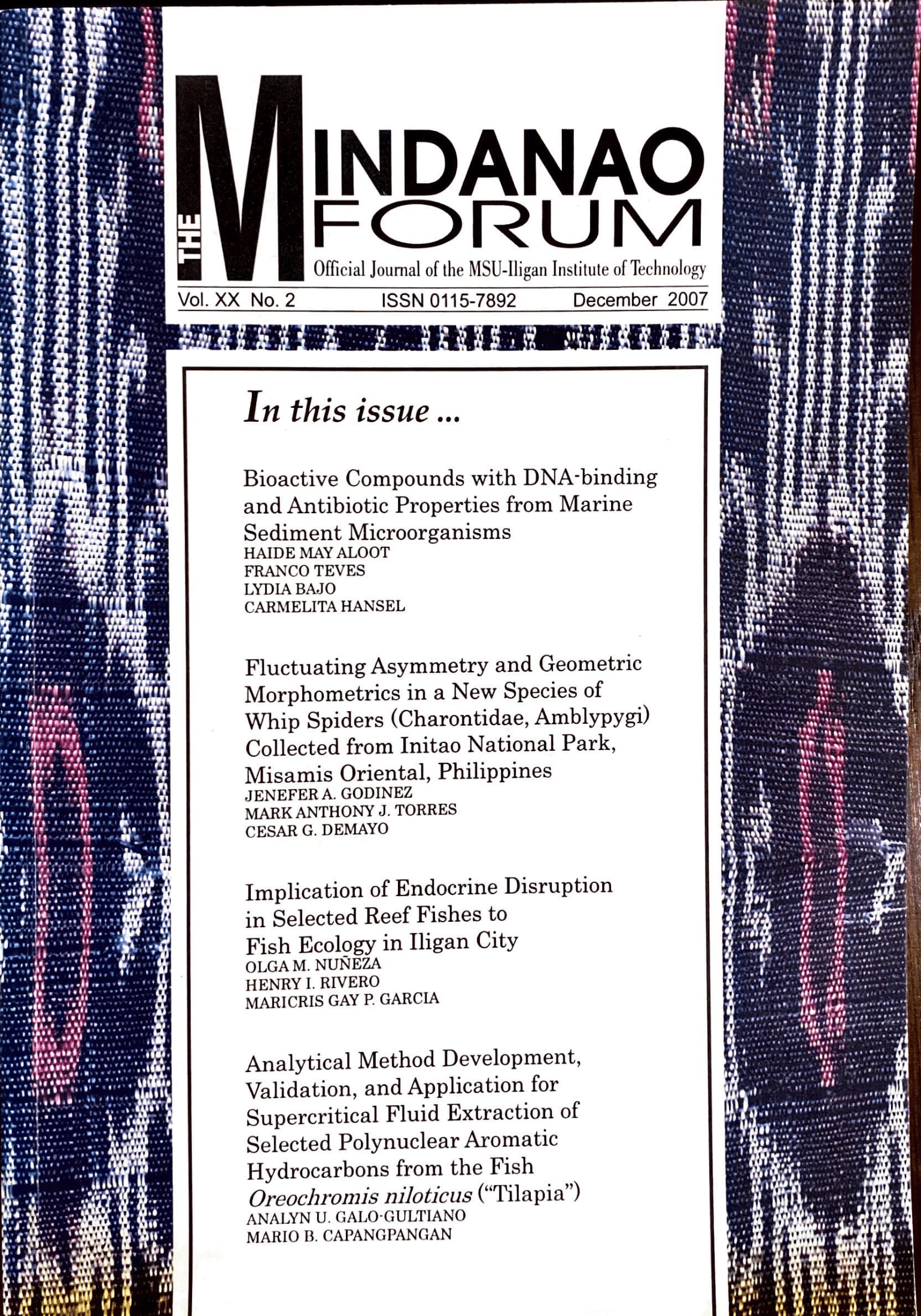Sexual Dimorphism in the Size and Shape of the Wings of the Damselfly Pseudagrion pilidorsum pilidorsum
Keywords:
EDMA, Procrustes-fitting, relative warpsAbstract
Patterns of distribution of damselflies differ by sex, with males clumped in or near water bodies and the females usually found away from the water body. Previous studies on other species of damselflies have shown that these differences are reflected as differences in the sizes of the wings between the two sexes. In this study, differences in the size and shapes of the wings between the two sexes of the damselfly Pseudagrion pilidorsum pilidorsum was assessed using image analysis and landmark-based analysis. To do this, images of the wings were scanned at uniform dpi. Then, the Cartesian coordinates of twenty-five landmarks from around the wing were extracted using an image analysis and processing software. These coordinates were then subjected to two different analyses. Euclidean Distance Matrix Algorithm was applied on the data to generate linear distances between the landmarks. The resultant inter landmark distances were used to compare the sizes of the wings between the sexes.
On the other hand, the raw coordinate data was also Procrustes-fitted to generate shape variables. These shape variables were analyzed using Relative Warps analysis to determine sex-differences in the shapes of the wings. Results showed statistically significant differences in the size of the wings between males and females. Also, tests for significant differences of the Relative scores between the sexes revealed dimorphism in wing shapes related to differences in sex. The results of this study are discussed in relation to differences in the flight ecologies of the males and females of this species.





